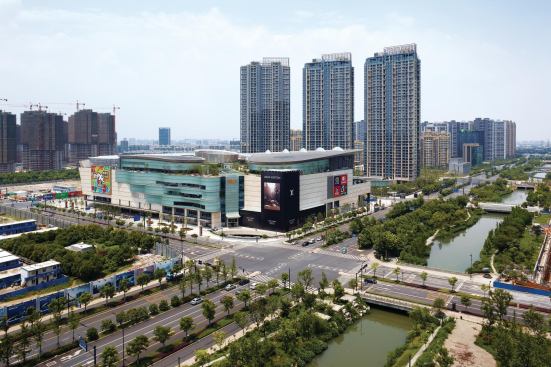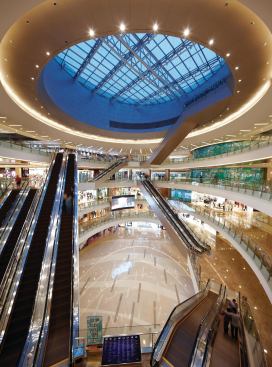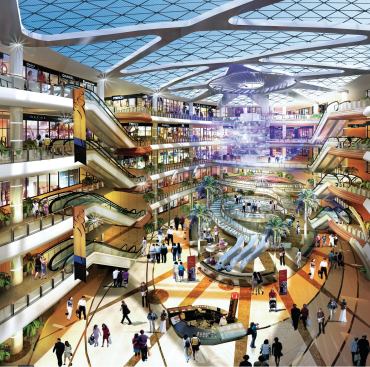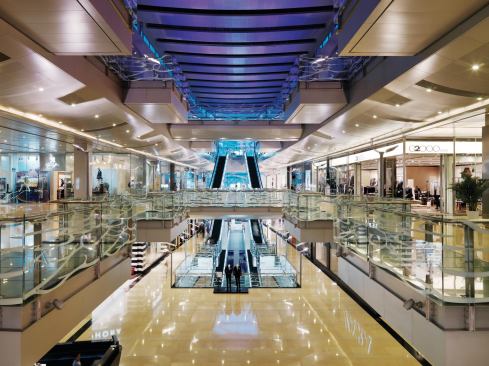Callison
The MixC Hangzhou, China Callison The MixC has emerged as a…
Emerging Markets
Whereas China moves at a breakneck pace, retail development in India is slower. Malls are a new concept to this emerging market, with the first opening around 2003. After a dip in retail development owing to the global recession, retail is now reviving, according to analyst Boris Planer. But this revival comes with challenges. “Ownership of foreign retailers is tricky in India,” Planer says. “Every state has different governments with a say in retail and it’s hard to create large, coherent store networks.”
Sanjay Kataria is director of New Delhi–based La Archplan and he has served as architect of record for DDG on several retail projects. “Typically in India, developers like to collaborate with an international architect, especially from the U.S. or Southeast Asia,” he says.
This is done for two reasons. First, experienced developers want the international expertise. And there are developers “who have sprung up overnight, and they feel by hiring an international architect it helps bring prestige to their project,” Kataria says.
Because the mall is a new typology for the market, management has been spotty. Initially, many untested developers did not use a leasing model; rather, they sold the retail space without any mall management. “They were basically trying to build a mall and make a quick buck,” Kataria says—but that backfired, and many of these malls have now closed.
This is changing as experienced developers tackle increasingly complex projects. Viva City, located in Thane, a northern suburb of Mumbai, India, is a mixed-use project designed by DDG and set to open in September. The new town center includes retail, entertainment, and dining in the first phase, followed by residential and office space in subsequent phases. The mall is meant to be the hub of this new community.
In Brazil, the design aesthetic and consumer taste is much more experienced than in India. Developers understand sophisticated retail management, and with the World Cup and Olympics bound for Brazil, the government is investing heavily in infrastructure.
“Brazil is under-retailed as compared to the U.S.,” says Jeff Gunning, AIA, a senior vice president at RTKL. A first wave of retail came in the form of suburban-style shopping centers, but now the building type is becoming a sophisticated component of new transit-oriented development and mixed-use projects in cities such as São Paulo.
RTKL completed schematic design last year for a new retail project called Panambi in an upscale neighborhood of São Paulo. In this case, an aging market on a sloping site needed to be updated, and RTKL transformed the market into a four-story structure with a string of box-shaped buildings threading through a curvaceous glazed curtainwall like a string of pearls. “Each box has different materials on the façade, so they are of a piece but unique,” Gunning explains. Inside, white-and-cream colored finishes and sustainably grown Brazilian hardwoods give luxury stores a museumlike environment. A transparent roof system will flood public spaces with light.
“In Brazil, there is a tendency to want to create a modern statement and something that is very fashion-forward. There is no desire to create nostalgia in [retail] design, as there has been in the U.S. in the past few years,” Gunning says. “Brazil has never been afraid to make modern statements and as architects we like working there because there is an expectation that we will be bold.”



